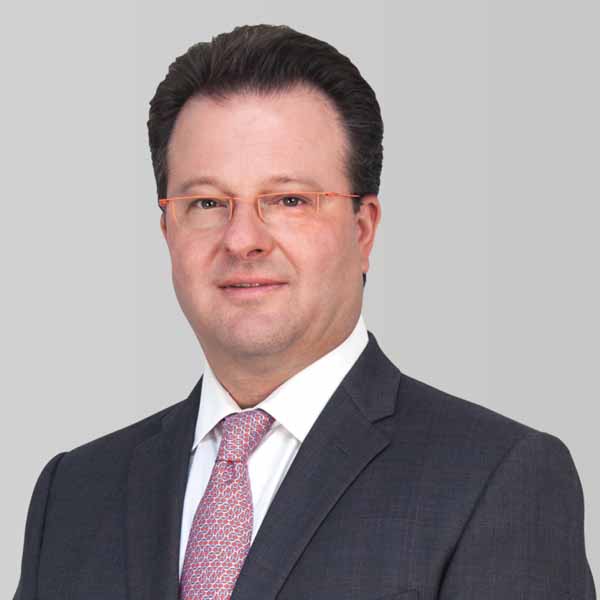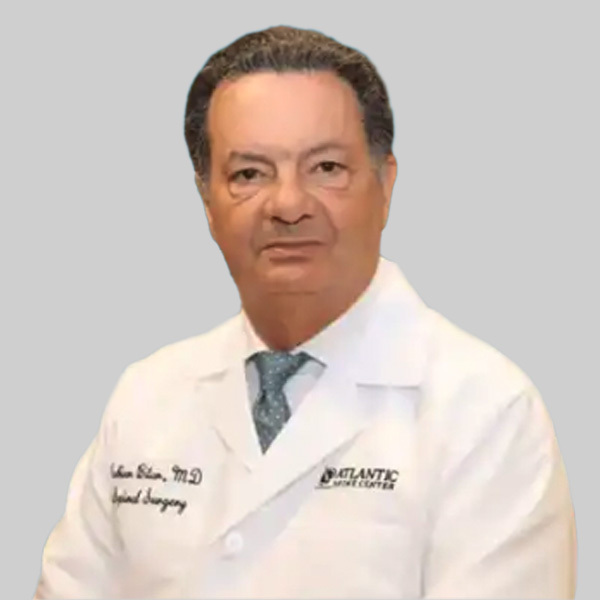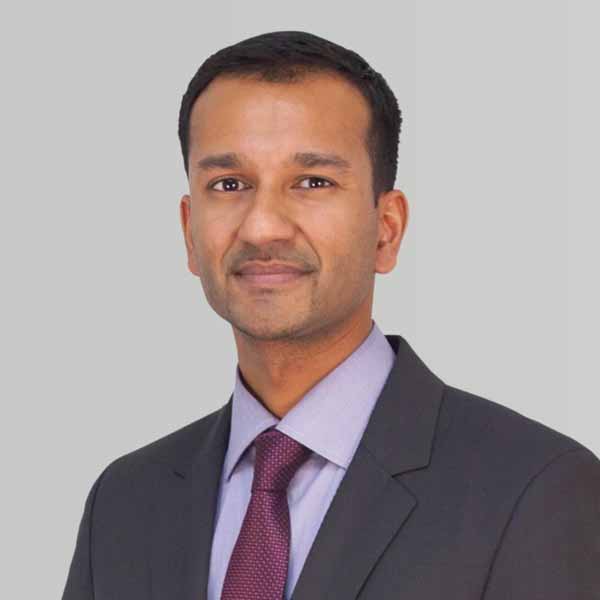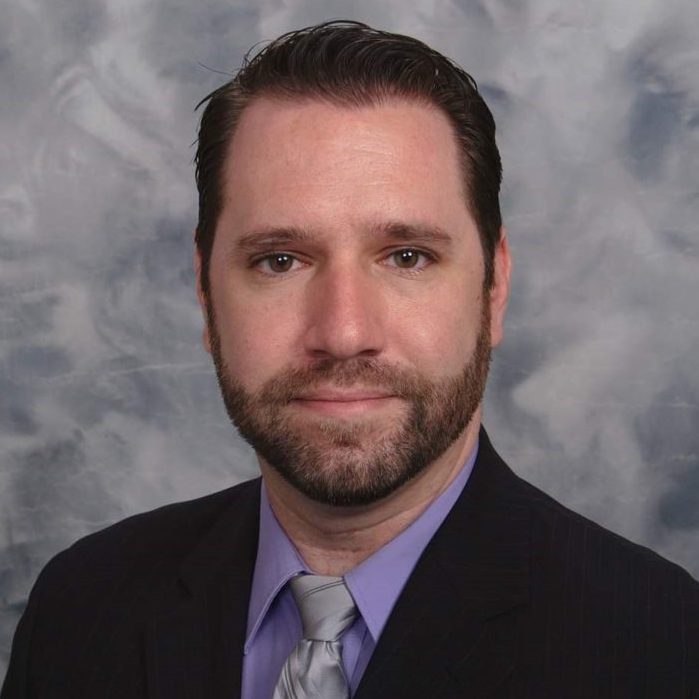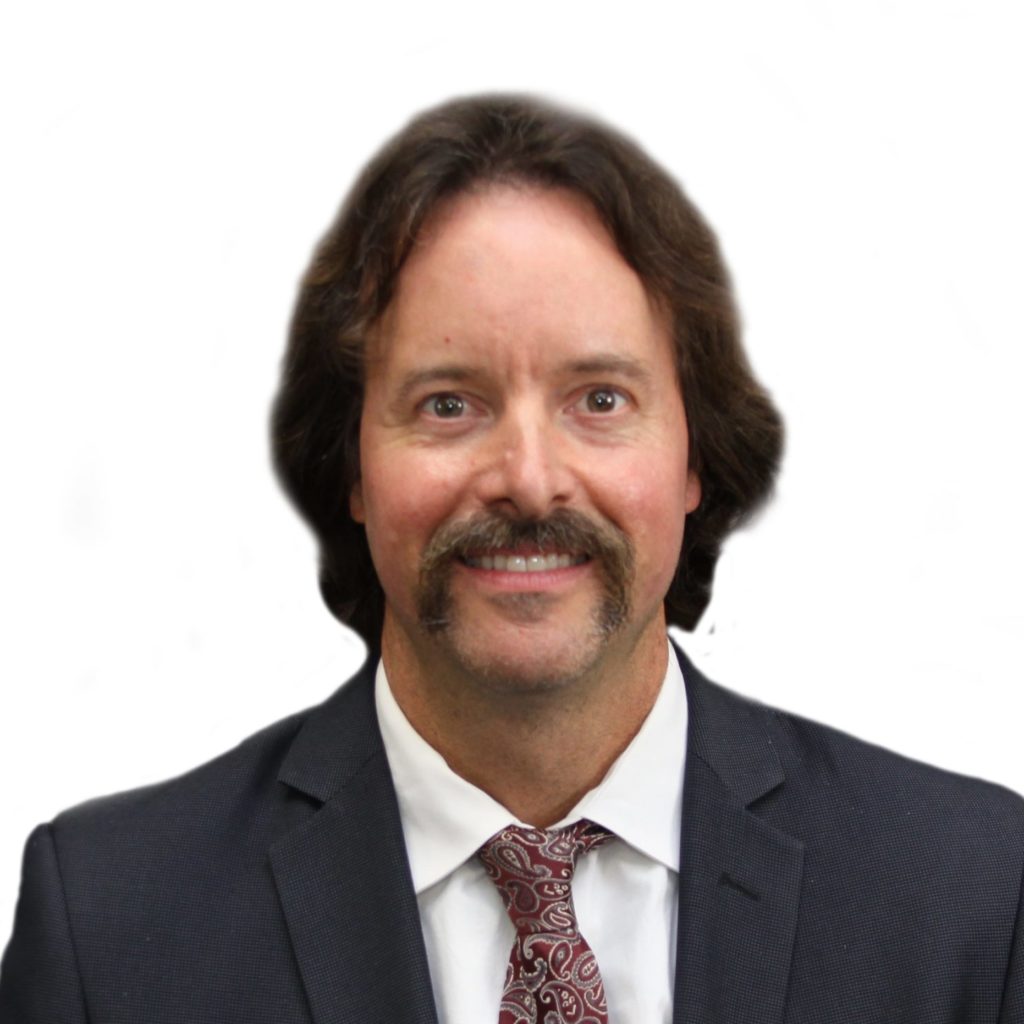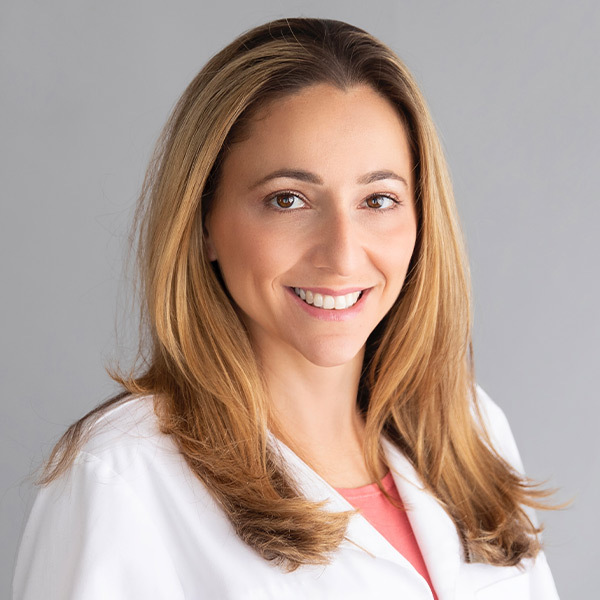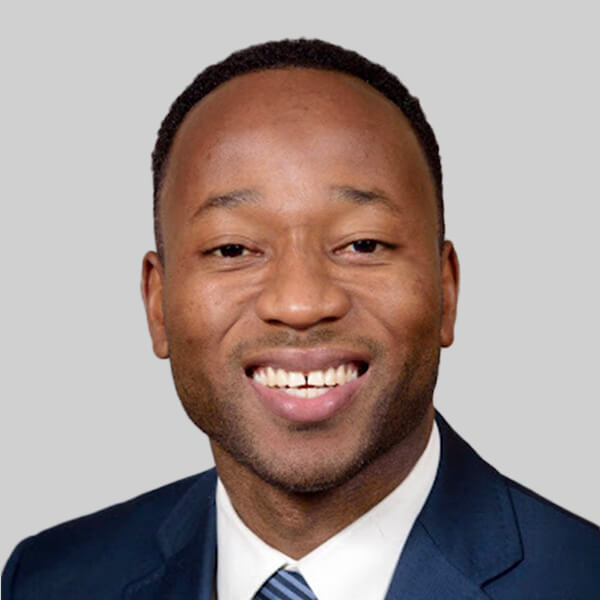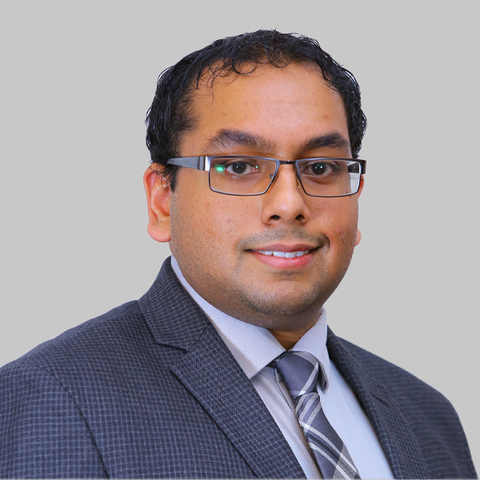The spine is the foundation of the musculoskeletal system. Responsible for stabilizing the upper body and maintaining proper posture, it consists of a series of irregularly shaped and gently curved bones that appear straight when seen from the front. As these curves sharpen, they can cause significant pain in the back, labored breathing, and general fatigue, greatly reducing the patient’s quality of life. If you’re experiencing any of these symptoms, you might be suffering from one of several conditions affecting the spinal column.
SCOLIOSIS
What Is Scoliosis?
Scoliosis is an unnatural sideways curvature of the spine, generally in the shape of an S or a C. The degree of the curve tends to increase over time, but in some cases it remains constant.
Scoliosis Symptoms
The most common symptoms of scoliosis include recurring pain in the lower back, a noticeable difference in the elevation of each shoulder, and unevenly aligned arms and hips. More severe cases may also be characterized by respiratory difficulties and constipation.
Scoliosis Treatment

Treatments for scoliosis vary widely. Many mild cases require no treatment aside from monitoring the curve’s progression, while patients with moderate scoliosis may need to wear a brace to halt its progression and follow a physical therapy regimen designed to to develop the muscles in the back, expand the spine’s range of motion, and improve flexibility and posture. In contrast, more severe cases may need to be treated with spinal fusion surgery, during which the surgeon will correct the curvature and stabilize the spine.
KYPHOSIS
What is kyphosis?
Kyphosis (sometimes referred to as thoracic kyphosis) is an abnormal convex curvature of the spine, most often in the thoracic region. The curvature results in a severe rounding of the upper back, greatly restricting the patient’s ability to function normally. Since it’s often caused by Scheuermann’s disease, it’s sometimes known as Scheuermann’s kyphosis. It can also be referred to as cervical kyphosis if it affects the neck.
Kyphosis Symptoms
The most common symptoms of kyphosis include a heavily rounded back, general fatigue and weakness in the muscles, and moderate to severe pain. The curve itself can be caused by congenital disorders, Scheuermann’s disease, and nutritional deficiencies, though trauma and habitiual slouching can also be responsible.
Kyphosis Treatment

Treatments for kyphosis depend on the specific cause of the curve. In the majority of cases, some combination of bracing, physical therapy, and medication can alleviate most symptoms and halt the curve’s progression. A physical therapy regimen can be particularly beneficial, helping patients improve their strength and flexibility while expanding their range of motion. If the curve is caused by Scheuermann’s disease, a brace may also be needed to prevent the curve from worsening. Severe cases of kyphosis may need to be treated with spinal fusion surgery, during which the surgeon will correct the curvature and stabilize the spine.
LORDOSIS
What is Lordosis?
Lordosis is an abnormal concave curvature of the spine. It can sometimes be referred to as lumbar lordosis or cervical lordosis, depending on which region it affects.
Lordosis Symptoms
The most common symptoms of lordosis include moderate to heavy pain in the lower back, an inward curve of the spine, a limited range of motion, and a general sense of weakness in the lumbar muscles. The curve itself can be caused by a variety of disorders, from spondylolisthesis to osteoporosis.
Lordosis Treatment
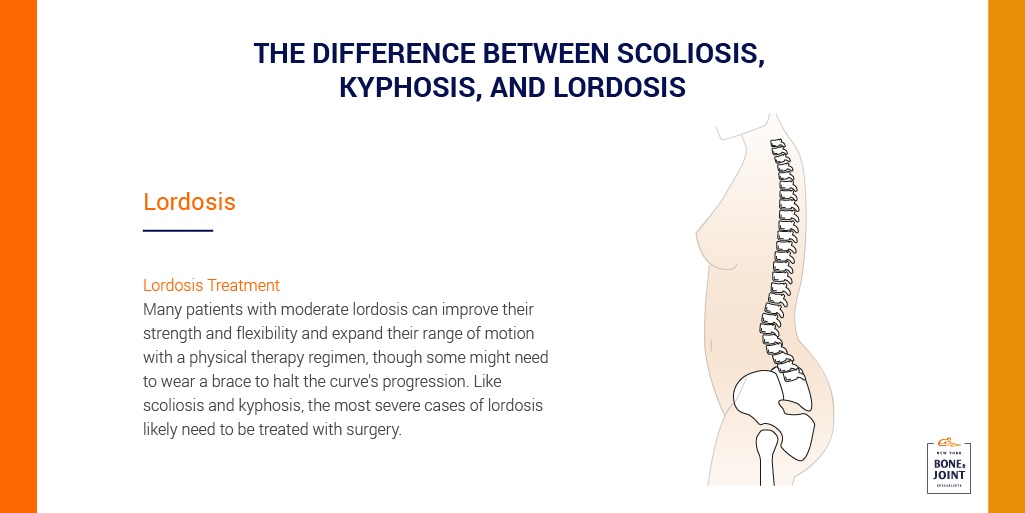
_________________________________
EXPERIENCING PAIN? DO YOU HAVE AN INJURY?
Our Specialists are here to help.
Book an appointment with NYC’s best orthopedic specialists to discuss your condition. Fill out the form below and you will receive a call from our office within 5-10 minutes. We’ll book an appointment at a time and location that work for you, and send you a reminder by email.

